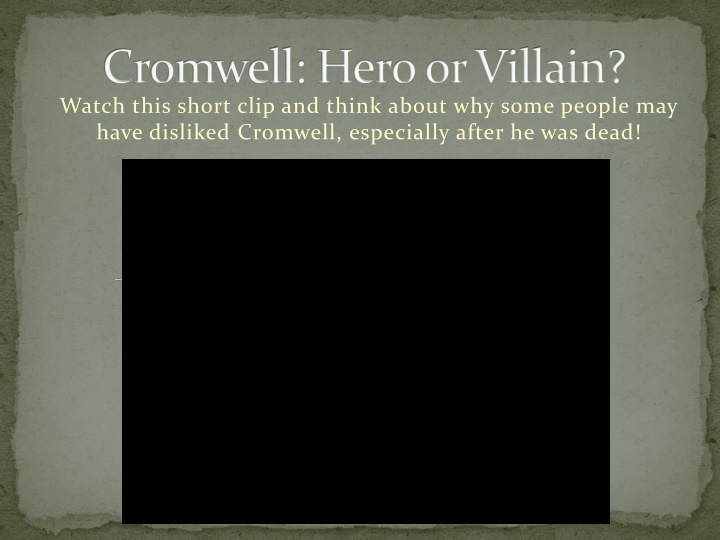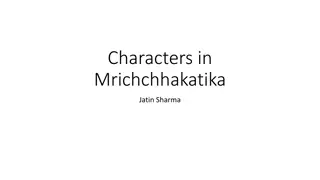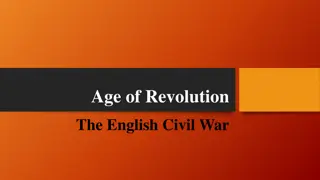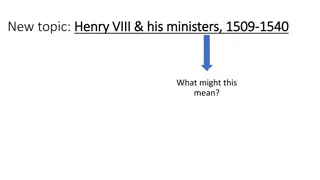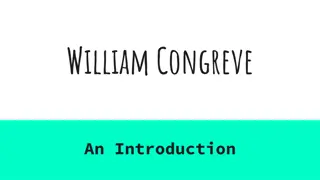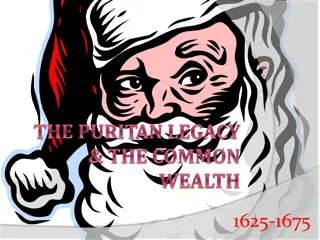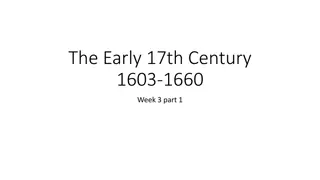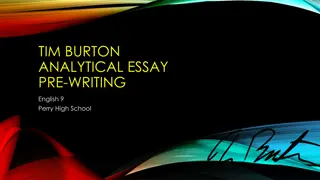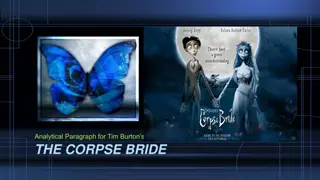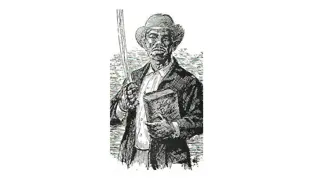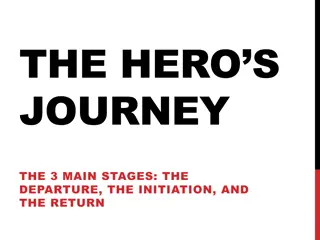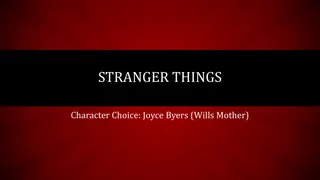Contemplating Cromwell: Was He a Hero or Villain?
Explore the complex legacy of Oliver Cromwell through various historical perspectives and sources. Discover why opinions on him varied widely during his time and even after his death, leading to debates on his portrayal as either a hero or a villain based on his actions. Dive into key events such as the English Civil War, Cromwell's rule, and his relationships with figures like King Charles I to form a deeper understanding of this controversial historical figure.
Download Presentation

Please find below an Image/Link to download the presentation.
The content on the website is provided AS IS for your information and personal use only. It may not be sold, licensed, or shared on other websites without obtaining consent from the author.If you encounter any issues during the download, it is possible that the publisher has removed the file from their server.
You are allowed to download the files provided on this website for personal or commercial use, subject to the condition that they are used lawfully. All files are the property of their respective owners.
The content on the website is provided AS IS for your information and personal use only. It may not be sold, licensed, or shared on other websites without obtaining consent from the author.
E N D
Presentation Transcript
Cromwell: Hero or Villain? Watch this short clip and think about why some people may have disliked Cromwell, especially after he was dead!
CATEGORIES In history we need to place facts into categories and group information together in to sensible collections. You are going to be given numerous facts about Cromwell and your challenge is to place them in to the correct category.
This portrait was painted around 1650 when Cromwell was the most powerful man in England. This is what he said to the painter, Sir Peter Lely. Paint my picture exactly like me and do not flatter me at all. Show all these wrinkles, pimples, warts and everything else as you see me. Otherwise I will not pay a farthing for it. HERO OR VILLAIN?
In 1657, while he was still in power, people said these things about him: It s thanks to him that we have overcome our enemies. We look forward to peace under his leadership. Oliver , we want you to be our new King! Oliver Cromwell is a good man. He has led us through the Civil War, one of the most dangerous times in our history. HERO OR VILLAIN?
Look at the following sources and decide how to organise them. Each of the attackers [Cromwell s men] picked up a child and used it as a shield to keep themselves from being shot. After they had killed all in the Church, they went into the vaults underneath where all the women had hid themselves. Written by Thomas Wood, an eyewitness, about Cromwell s attack on Ireland. Thomas wrote this in 1663, three years after Cromwell s death. Charles II was King at the time, and he hated Cromwell. I tell you, we will cut off his head with the crown upon it! Oliver Cromwell, speaking about wanting to kill King Charles I in 1649. Charles I was the rightful King but Cromwell persuaded many people that he should be executed after the Civil War. No-one had ever killed a King before! The days of Oliver were marvellous days of prosperity, freedom and peace. Written by a Bristol Baptist in 1685. Puritanreligious leaders like this had greater freedom under Cromwell. I did not call myself to be the ruler of England.. I just tried to do right, for God and for the people. Oliver Cromwell, explaining why he refused to be King. The title was offered to him but he did not take it. A painting of Oliver Cromwell working with the Devil. Painted in 1660, just after his death. HERO OR VILLAIN?
Cromwells Home What can this tell us about Cromwell? How useful is it? HERO OR VILLAIN?
Can Cromwells head tell us anything?
What can we learn from the story of Cromwell s head? 1658 - Funeral fit for a king at Westminster Abbey. 1661 - Body dug up, executed by being hung & beheaded. Head placed on a spike. 1685 - Blown off the spike in a storm. Found by a soldier and stuffed up a chimney. 1702 - Sold to a waxwork show . 1789 - Bought by a group of businessmen. Put on display in Bond Street. 1814 - Bought by a Doctor who examines it. 1960 - Given to Sidney Sussex College for burial in a secret location!
Final Video Source from the Curator of the Huntingdon Cromwell Museum Press the museum to go there and listen to their expert curator answering question from some local children.
Why did some people respect Cromwell while others did not? When Cromwell took control of the country he made many changes. Some people liked the changes very much, whilst others did not like the changes at all. As a result, there are two very different interpretations of Cromwell OR HERO VILLAIN
HERO OR VILLAIN? In your groups, read the sources about the different things that Cromwell did. Decide which side of the table you should put them on hero or villain? Evidence to suggest Cromwell was a hero Evidence to suggest Cromwell was a villain If you have finished, try the super-size extension! For each of the sources look at: Who wrote it? Why do you think they wrote it? Can we trust what they are saying about Cromwell? Based on this, choose the source you think is most useful to us as historians.
